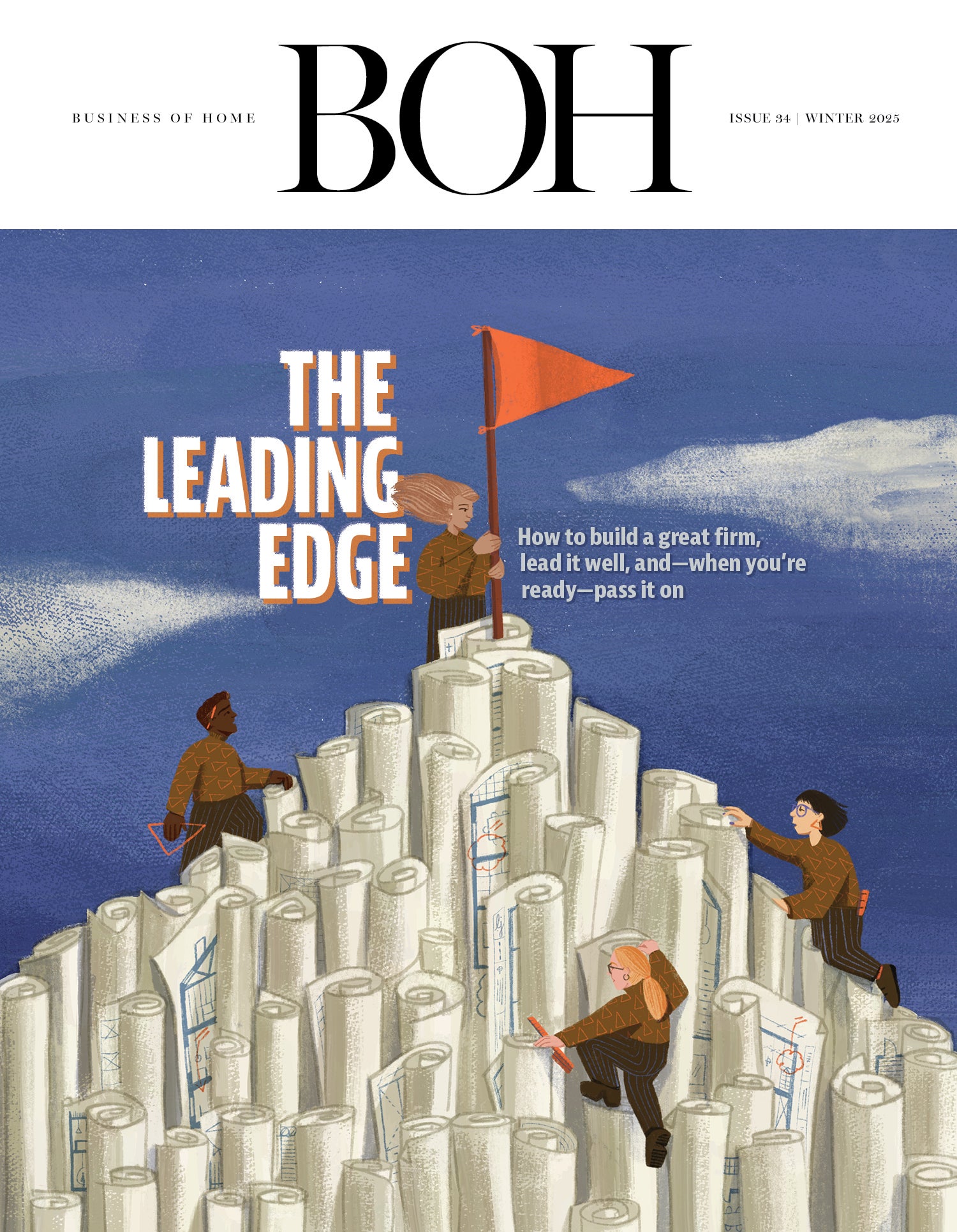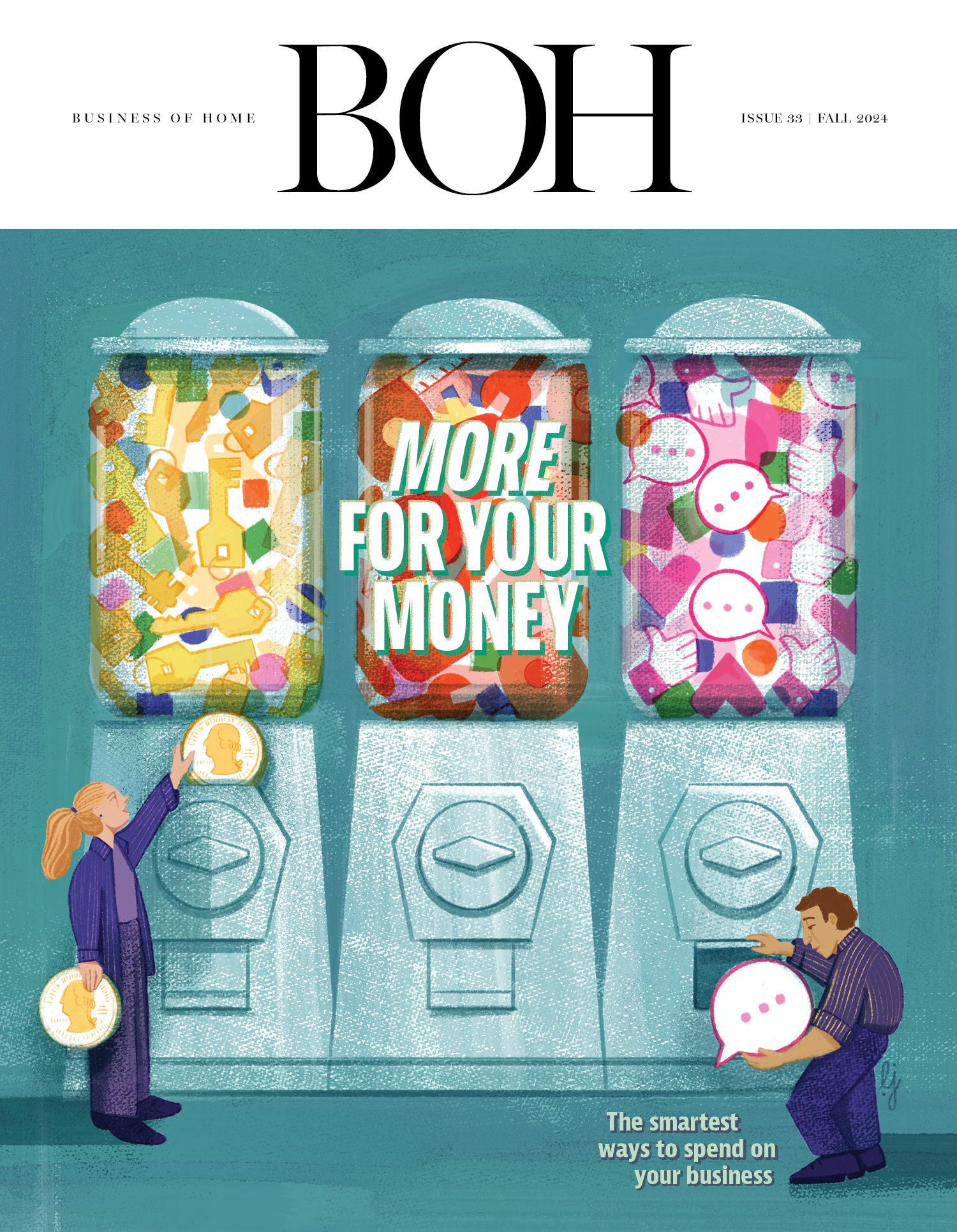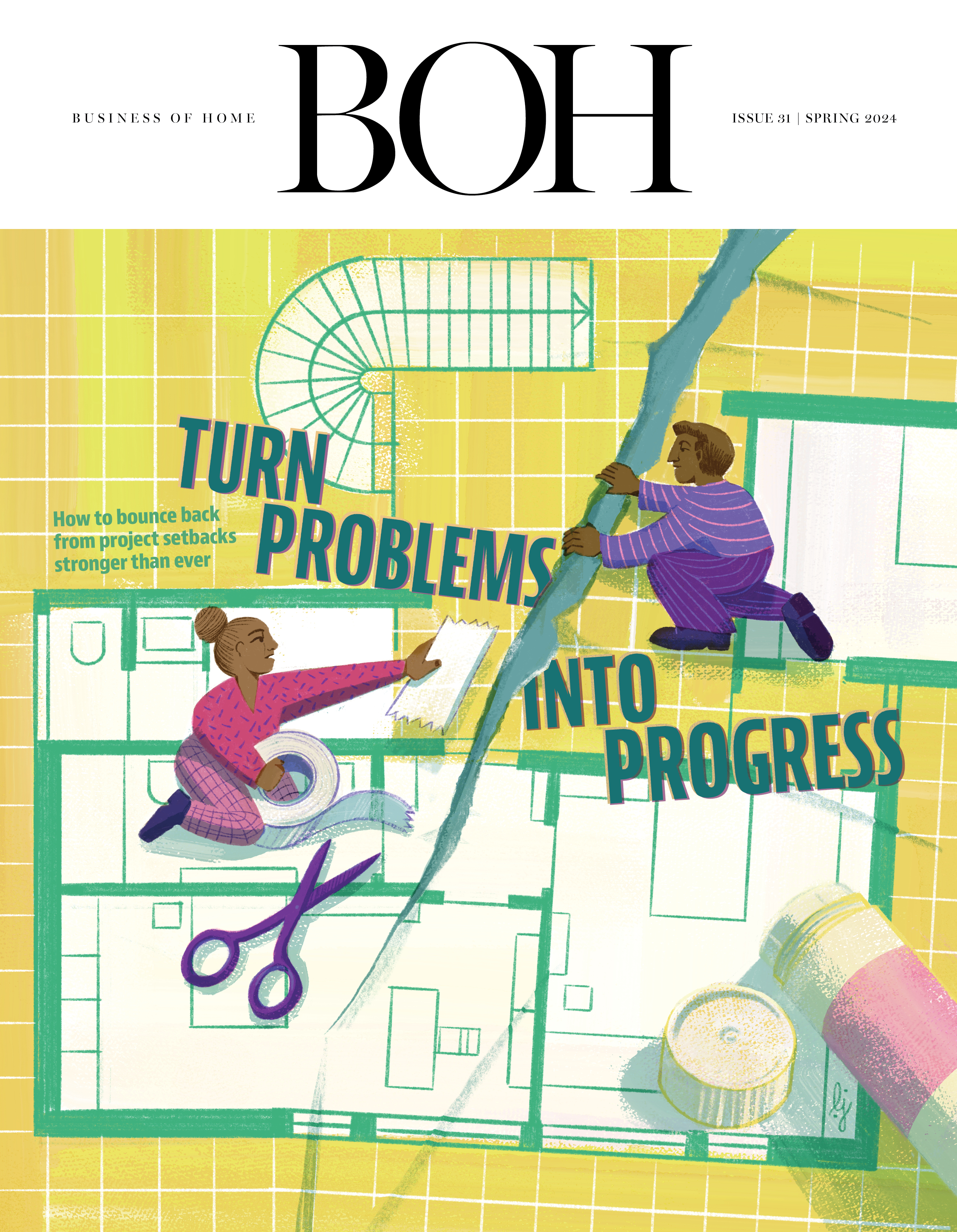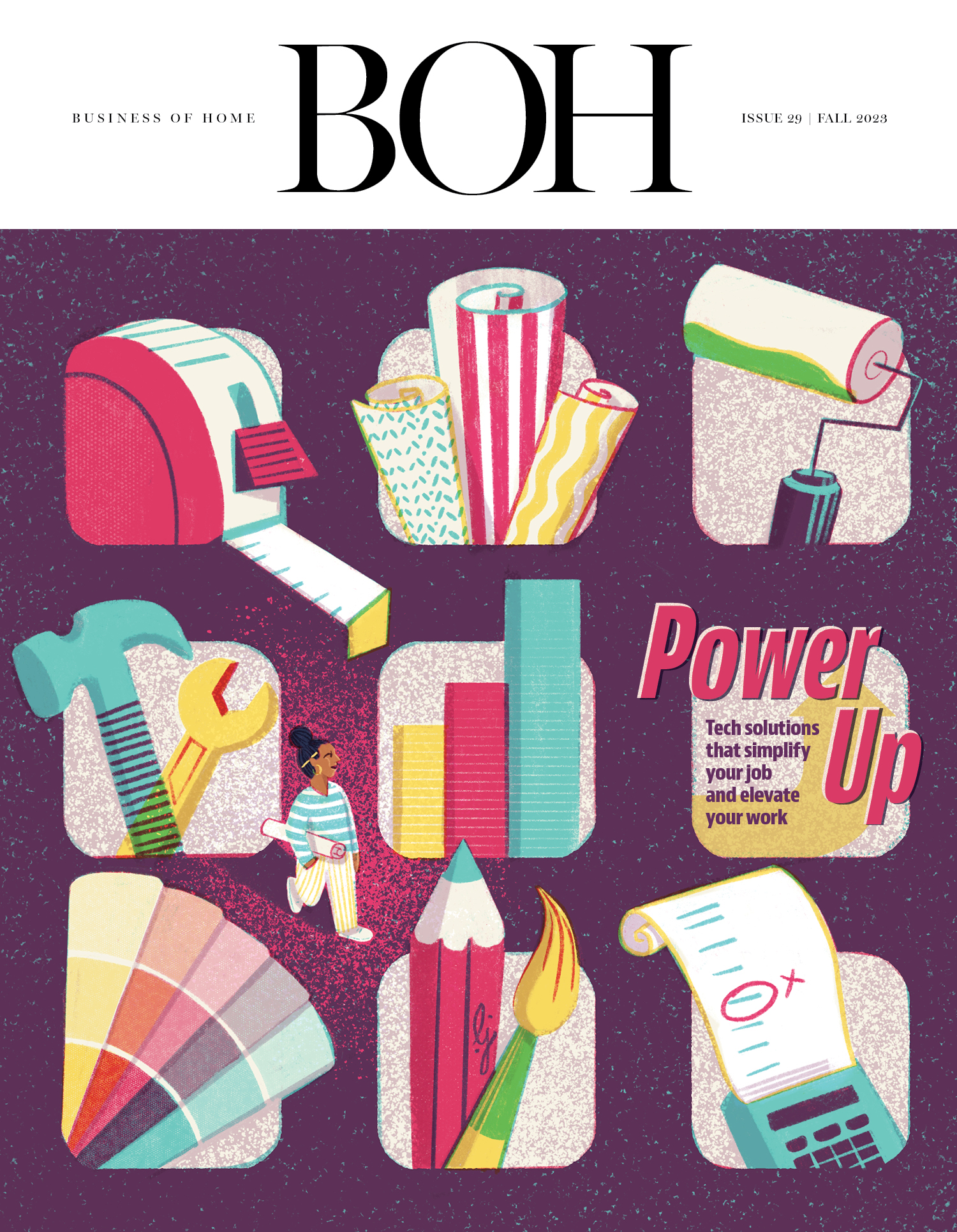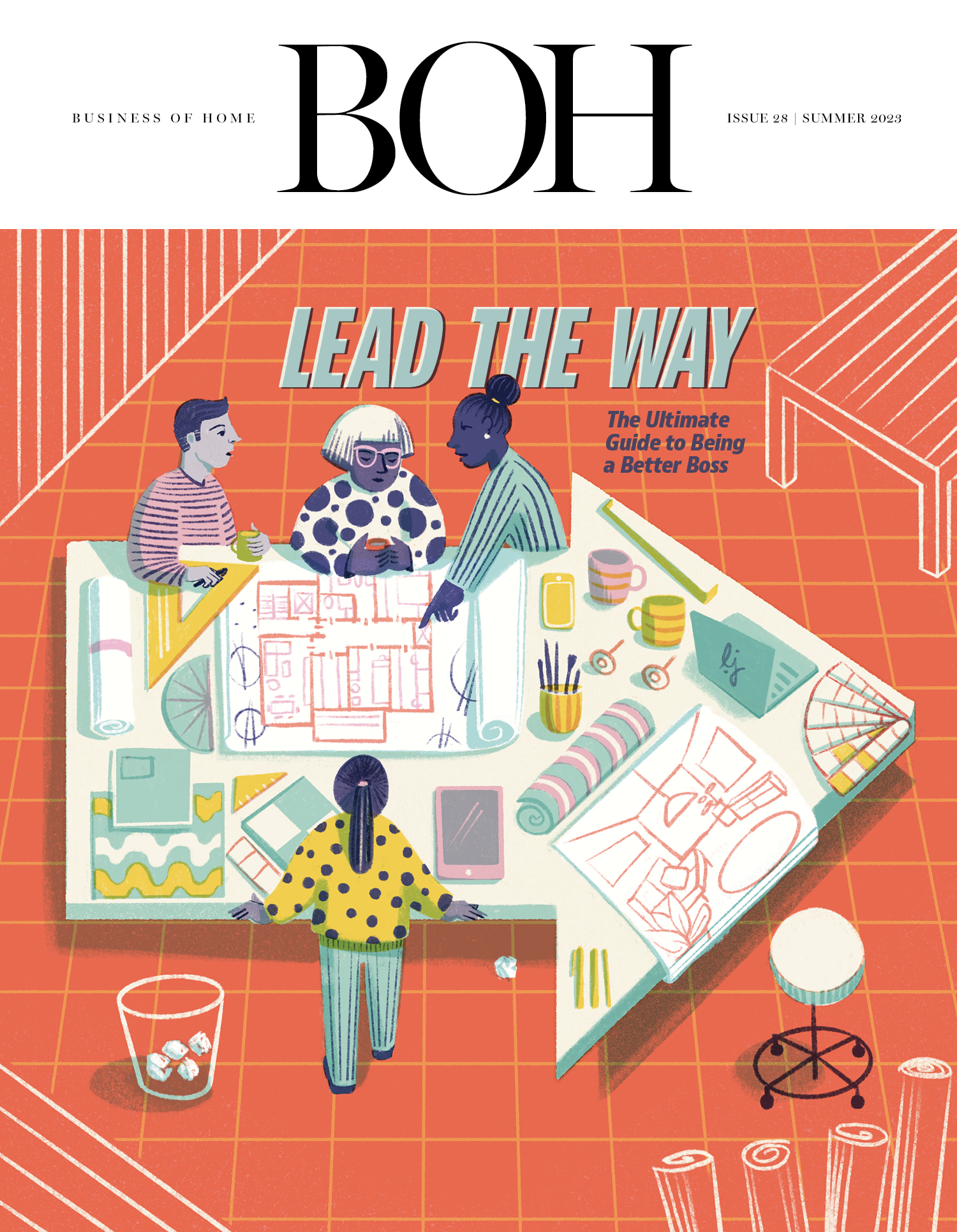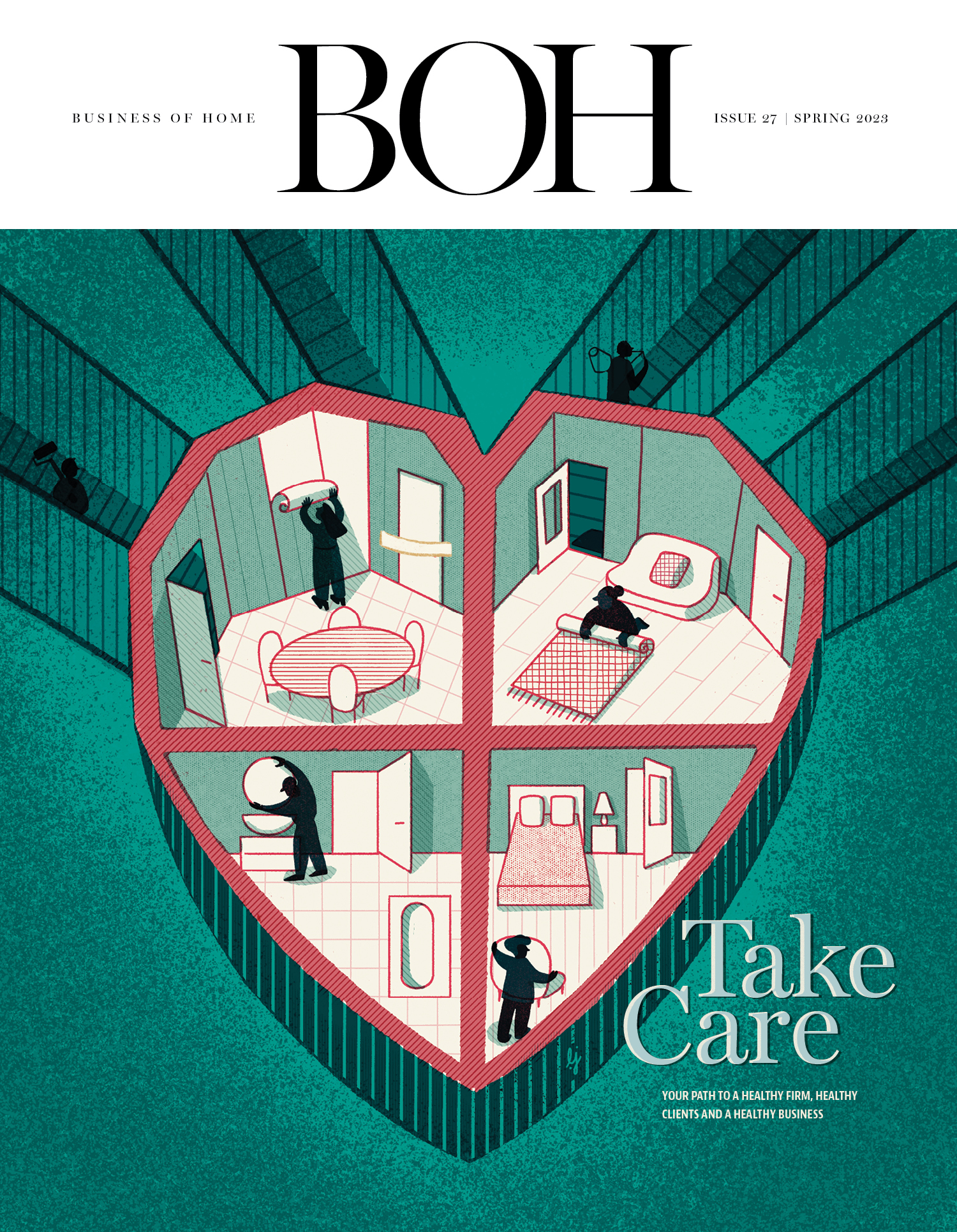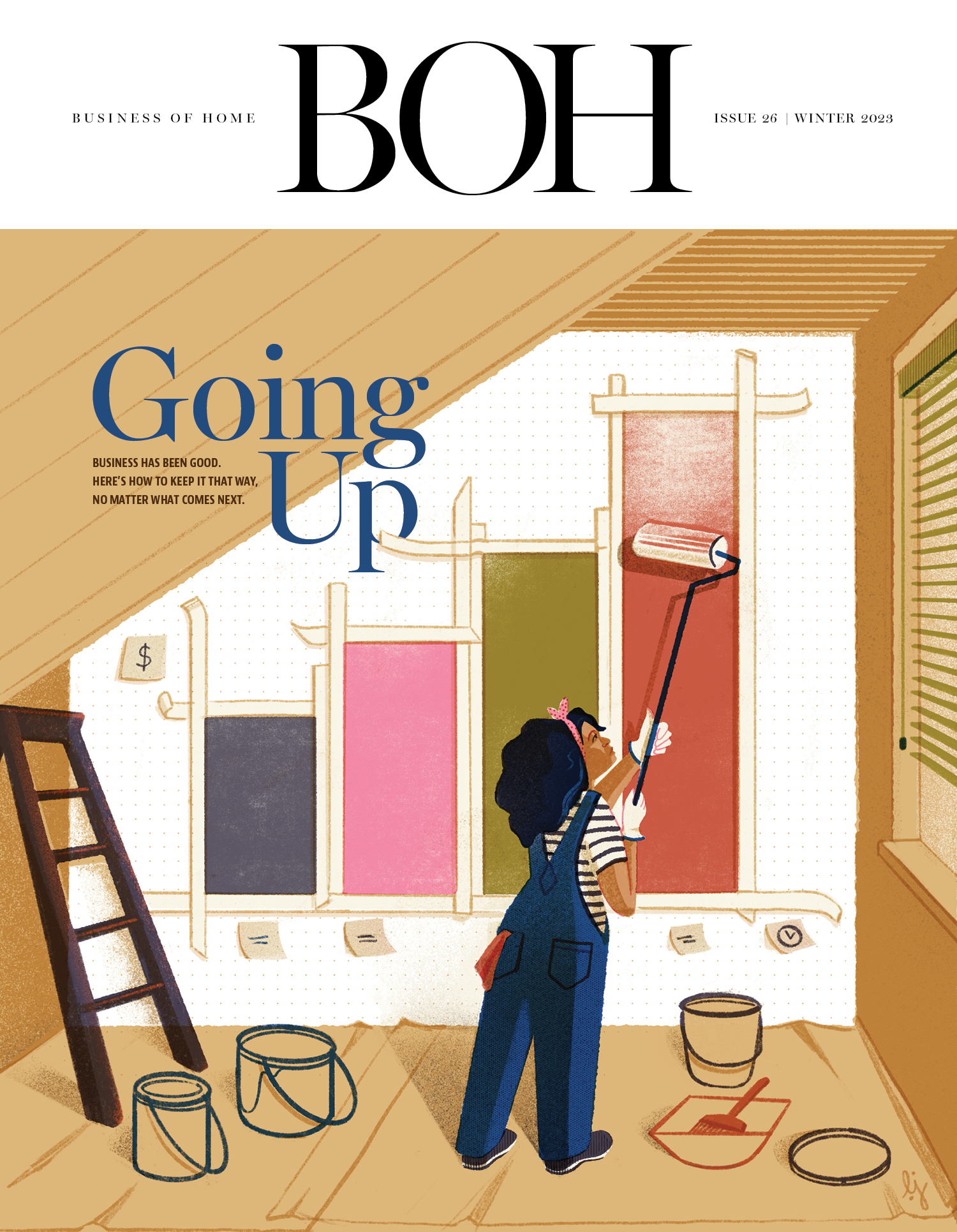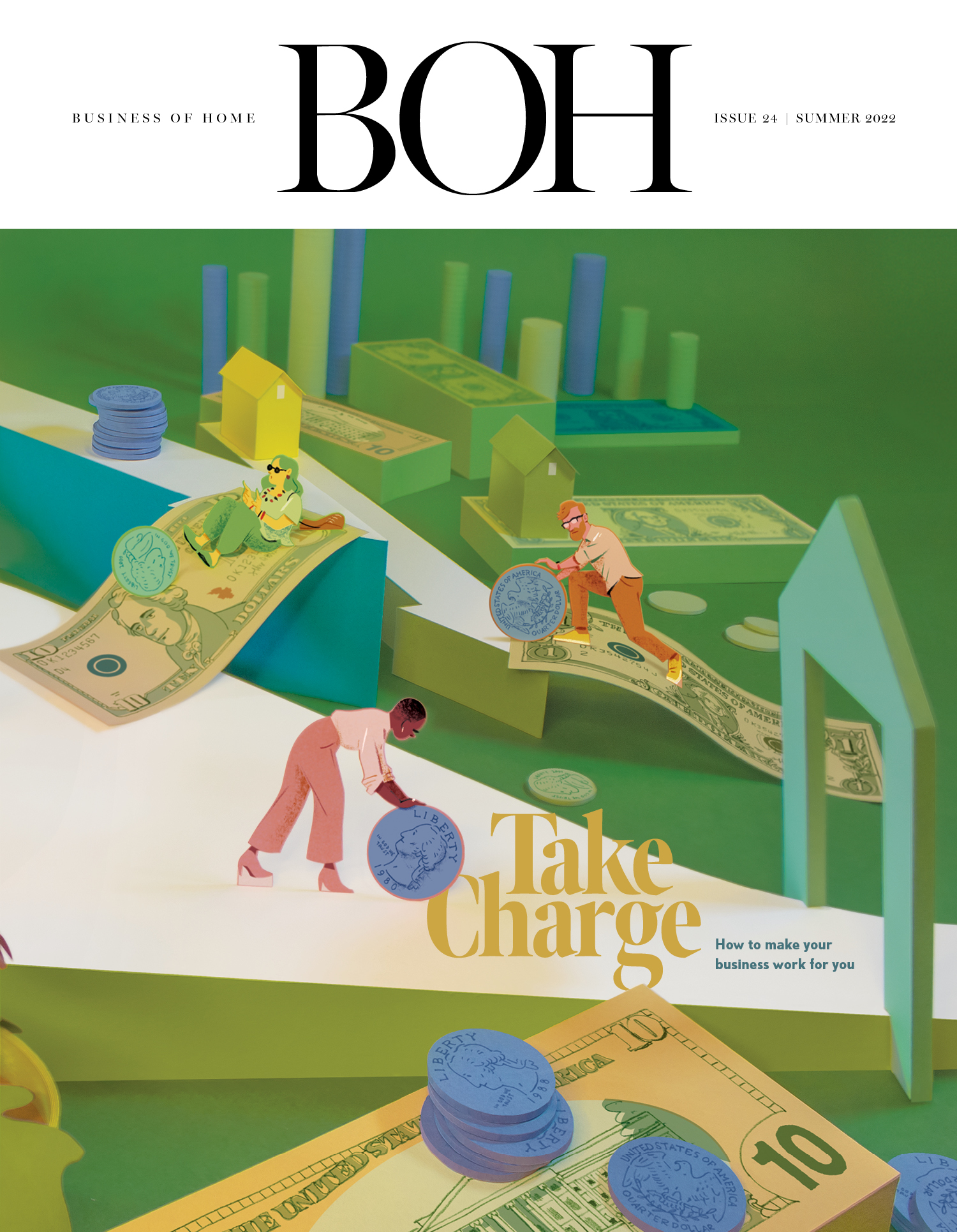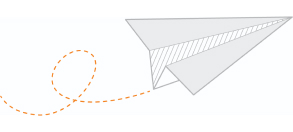In the earliest weeks of his second term, President Donald Trump took a scattershot approach to tariffs. This week came the cannonball. Making the announcement from the Rose Garden on Wednesday, Trump unveiled a broad sweep of tariffs that, if they stand, are poised to reshape global trade in general—and have a seismic impact on the home industry.
The rollout—an event the White House has dubbed “Liberation Day”—imposes a 10 percent base rate on imports into the U.S., with higher tariffs applied to dozens of countries around the world. In the home industry, some of the most impactful levies include 46 percent on imports from Vietnam, 32 percent on Indonesian goods, 20 percent for the European Union, and 27 percent for India. China was also hit hard: Imports from the country will now receive an additional 34 percent tariff, on top of the 20 percent already implemented by Trump this year. The 10 percent rate goes into effect April 5; the rest of the tariffs begin April 9.
These numbers come in addition to previously announced 25 percent tariffs on all aluminum and steel imports, regardless of country of origin; 25 percent tariffs on goods from countries that buy Venezuelan crude oil; and the preexisting ad hoc tariffs on some Mexican and Canadian shipments.
Announcing the news, Trump described the tariffs as “reciprocal” and framed them as a measure to rebalance trade. “Taxpayers have been ripped off for more than 50 years,” he said. “But it is not going to happen anymore.”
Wall Street reacted swiftly and negatively. Stocks became volatile in the wake of the announcement, with ETFs (exchange-traded funds) tied to major U.S. stock indexes falling sharply. Home retailers, including Wayfair and Williams-Sonoma, saw share prices drop; RH’s stock lost roughly a quarter of its value in after-hours trading.
On April 9, photographer and PR pro Tori Sikkema shows how to craft, then capture, visual narratives that are eye-catching and editorial-worthy—ensuring your work gets the attention it deserves. Click here to learn more and remember, workshops are free for BOH Insiders.
Following the announcement, National Association of Manufacturers president Jay Timmons said in a statement, “The high costs of new tariffs threaten investment, jobs, supply chains and, in turn, America’s ability to outcompete other nations and lead as the preeminent manufacturing superpower.”
Tariffs are taxes charged by the government on imports—the fee is paid by the company doing the importing. When products made overseas arrive at a U.S. port, the customs office collects payment. For example, under the new “Liberation Day” tariffs, a company that imports $10,000 worth of case goods from Vietnam will have to pay the U.S. government $4,600 when the shipment arrives.
To accommodate the additional expense, companies typically pressure suppliers to lower prices, cut their own operational costs, or raise consumer prices—or do all three. Before Wednesday, many home brands—from Noir to MillerKnoll—had already announced price hikes. Business of Home’s retail columnist Warren Shoulberg reported in March that the unpredictability of the Trump administration's movements on tariffs had rattled exhibitors at The Inspired Home Show in Chicago, writing: “Vendors there said they found it impossible to quote prices or give their retail customers any guarantees on what to expect with the situation changing daily, and sometimes by the hour.”
The new tariffs will likely cause further confusion—not to mention additional price hikes—as they target major manufacturing hubs in the home industry. Following a round of tariffs on China during Trump’s first term, many large-scale producers left the country, often moving to Vietnam, Indonesia or Mexico. As early as 2020, Vietnam had outpaced China to become the biggest importer of furniture to the U.S.—now it’s in the tariff crosshairs.
Behind closed doors, brands are already reeling at the new numbers, unsure of how to bring their product to market in the face of import duties too high to be offset with modest price increases. With such a broad swath of countries now included in these new tariffs, designers in the procurement phase of projects are likely to see the impact first. (Even orders that are already in production may now come with an additional surcharge if the vendor cannot absorb all of the import taxes.)
Trump’s tariffs on Canada and Mexico have already impacted the housing market, with several homebuilders telling The New York Times that suppliers abroad have begun using contracts with escalation clauses to account for increased costs—fees that will ultimately be passed on to consumers. They also noted that the bids they issue are now only accurate for as little as two weeks, given the fluctuating cost of materials. Their assessment: Costs are changing rapidly, and they are only going up.



